New Haven, Connecticut is best known these days for Yale University, one of the world’s most prestigious higher learning institutions. For some, Yale equals New Haven. But The Elm City has a life and history outside of this Ivy League school. The city was founded in 1638, barely two decades after the Puritans landed at Plymouth Rock and almost a century and a half before The Declaration of Independence.
During most of the nineteenth century and the first half of the twentieth, New Haven was an industrial power, filled with factories humming day and night. Here is where Eli Whitney invented the cotton gin and pioneered interchangeable parts. Arms manufacturers like Mossberg and Remington set up shop, earning the city the nickname “The Arsenal of America”. These factories employed the likes of my grandparents. These factories have long been shuttered.
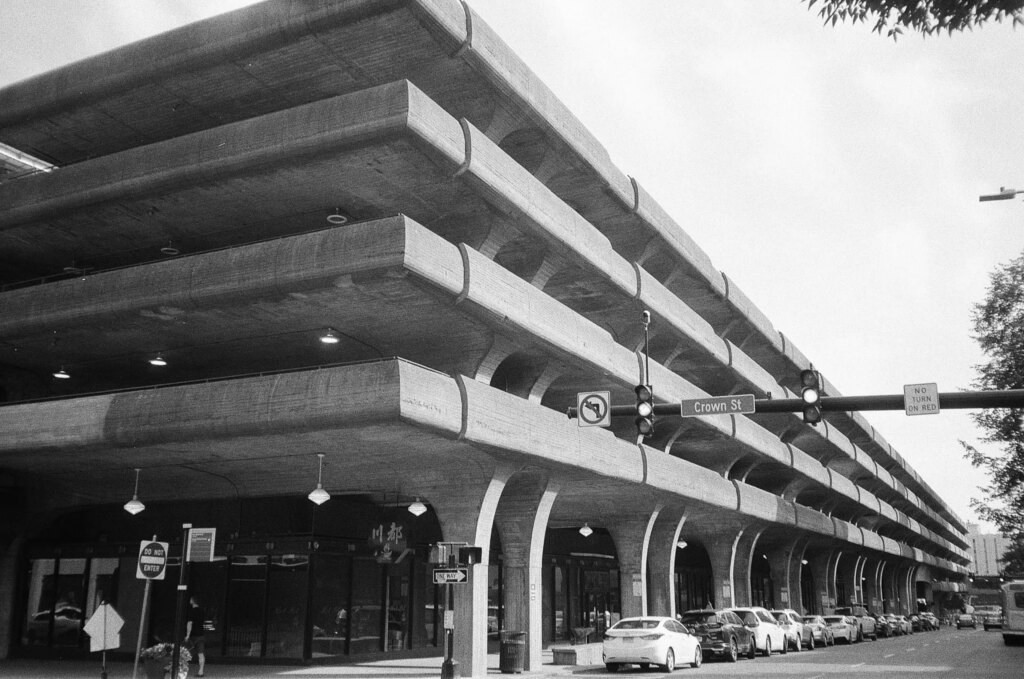
With deindustrialization came urban decay, followed by inevitable “urban renewal”. Promoted by mid-century mayor Dick Lee, nicknamed “Mr. Urban America”, New Haven became a “Model City” where the rest of America would see renewal’s benefits. Whole blocks were leveled in the name of “slum clearance”. Some were replaced by Brutalist tower blocks or grand projects that became white elephants, like the New Haven Coliseum, itself later a victim of the metaphorical wrecking ball. Some blocks were simply cleared for projects that never saw fruition, like the corridor intended for the urban freeway benignly named “The Oak Street Connector” (Route 34). Yet this “renewal” was not so renewing: Businesses kept on departing or shuttering, White Flight accelerated. Mayor Lee would later reflect back on the mistakes of his tenure: “If New Haven is a Model City, then God help Urban America.”
But hang out in the Nine Squares, New Haven’s original central grid, and you wouldn’t know any of that. You’d see a vibrant city throbbing with student life, good restaurants, cute stores, and the best nightlife in Connecticut. This area is where Yale’s presence is strongest felt, a showcase of the city’s touted recovery. But this is only part of the town. It’s a similar dichotomy to the rest of Connecticut: The Constitution State is stereotyped as a land of rich people and quaint, picturesque New England countryside. While there is truth to this, it ignores the reality of failing Rust Belt cities and towns that also make up the state.
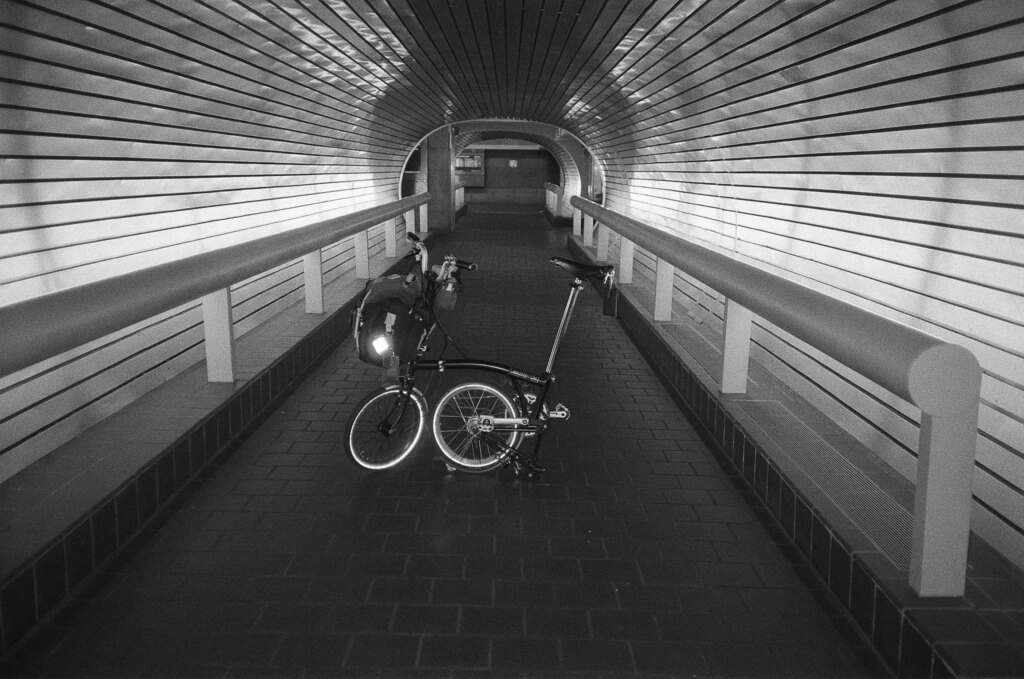
I grew up outside of New Haven in one of those small factory cities that fell on tough times. I also lived in one of those picturesque rich New England countryside towns. No matter where I ended up I always gravitated towards New Haven for anything cultural. This preference was instilled in me by my dad who would bring me along when he was buying high-end stereo equipment or dropping off film at his favorite camera shop. If I was lucky we’d also stop at the Peabody Museum, where I’d get to see dinosaur skeletons! The last few years I spent in Connecticut during the late ‘90s featured a lot of wandering around Elm City. I never lived in town, though for a time I wanted to, as it was the most bohemian place to be without heading into New York. Instead I decided to move to the West Coast to start a new life. Occasionally I’d lament the lack of good pizza (though it’s gotten heaps better in Portland over the last decade!) but I knew I made the right choice.
But every once in a while I return. My partner Emee and I visited in July, our Brompton folding bikes in tow. While New Haven is a great walking city, the bikes would give us more range. This would also be my first time back with film cameras since I had lived here. I loaded up the Minolta XD5 with Kodak ColorPlus 200 and mostly used a Minolta MD 50mm f/1.7 lens. And my Olympus XA was loaded with Kentmere 400 black and white stock. On a muggy Thursday, I took two longish rides around New Haven, to reacquaint myself with a landscape I was once familiar with.
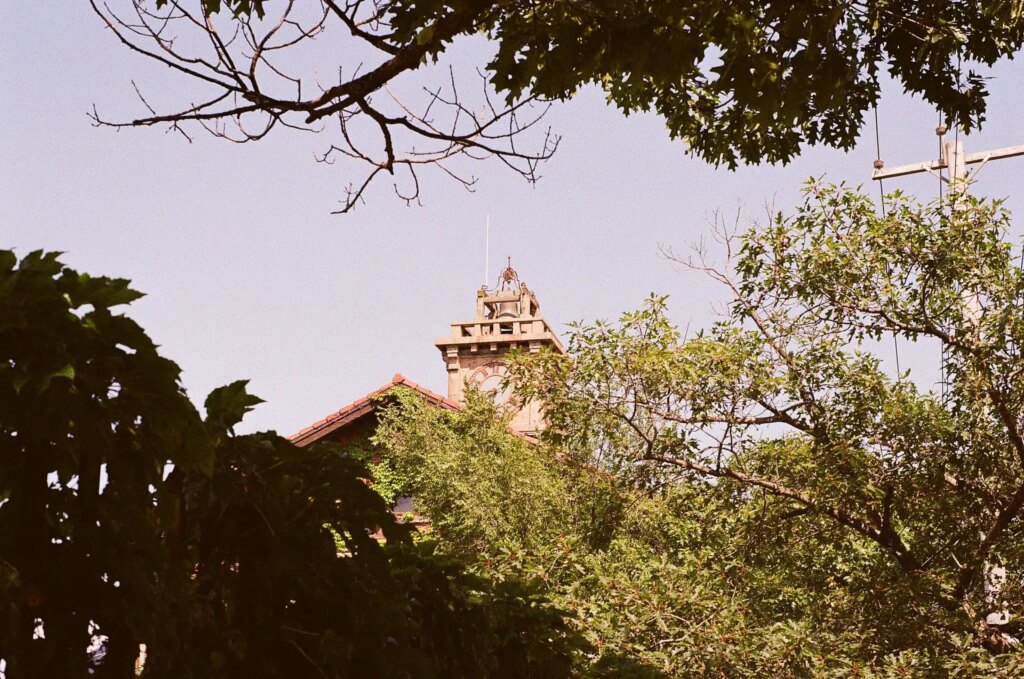
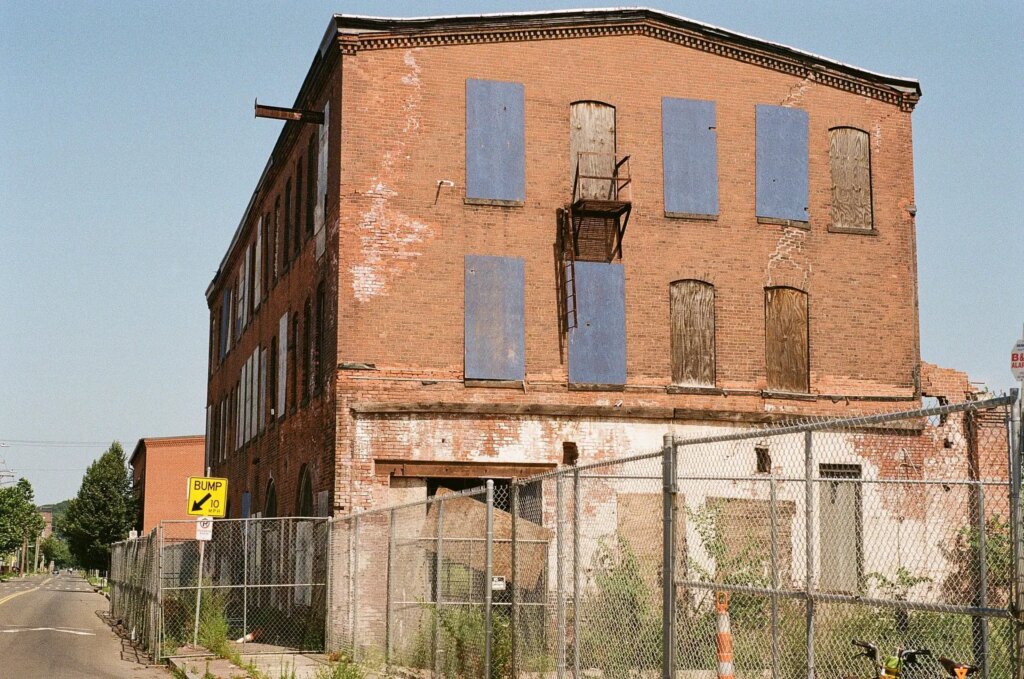
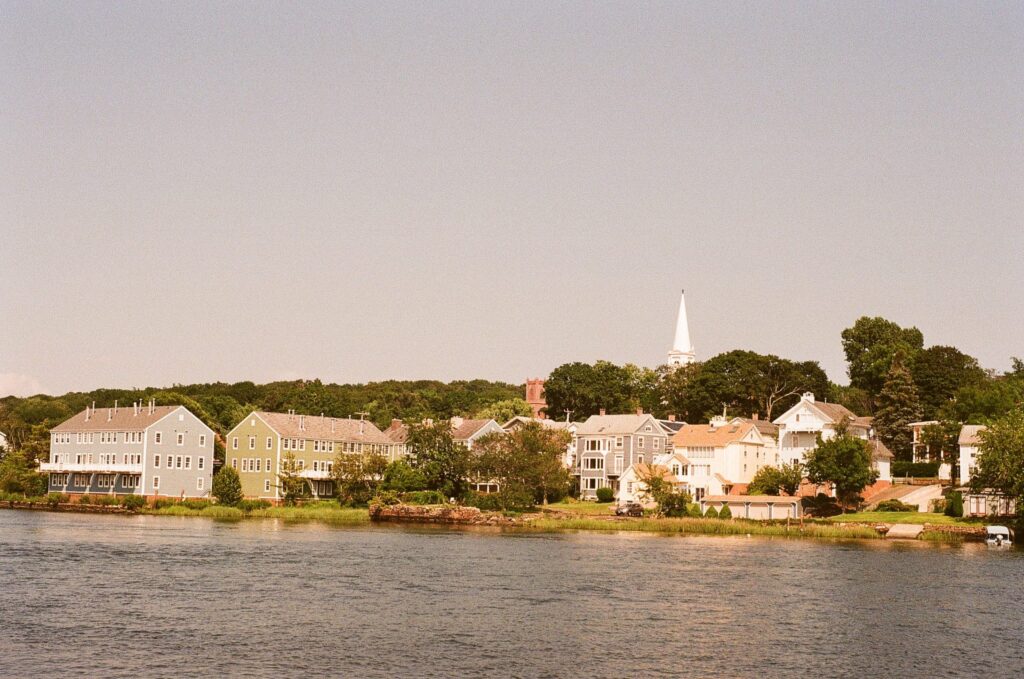
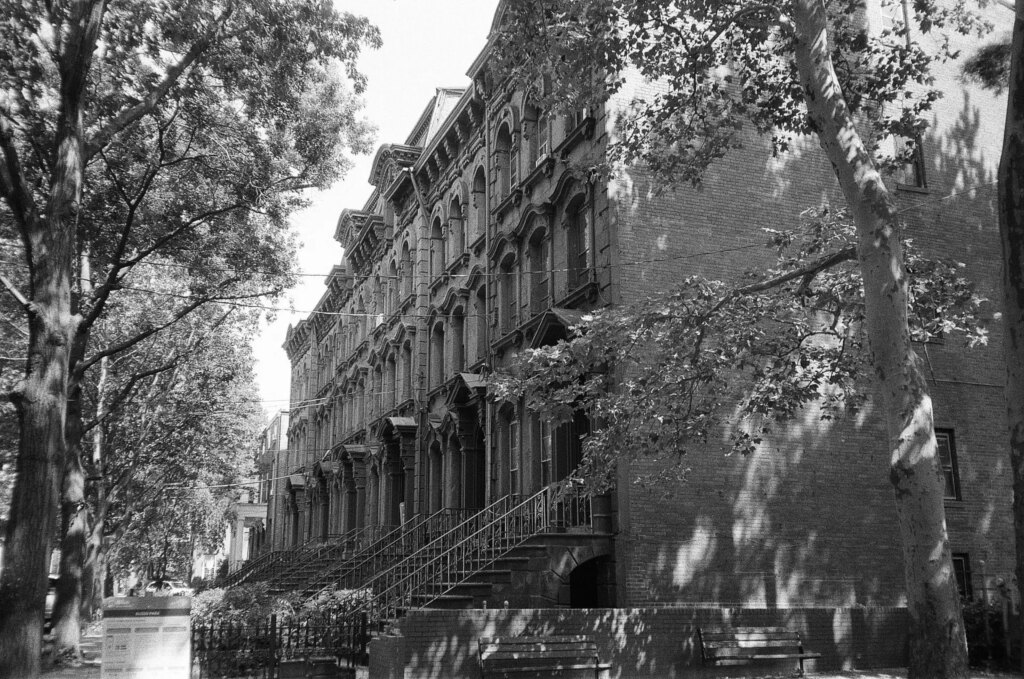
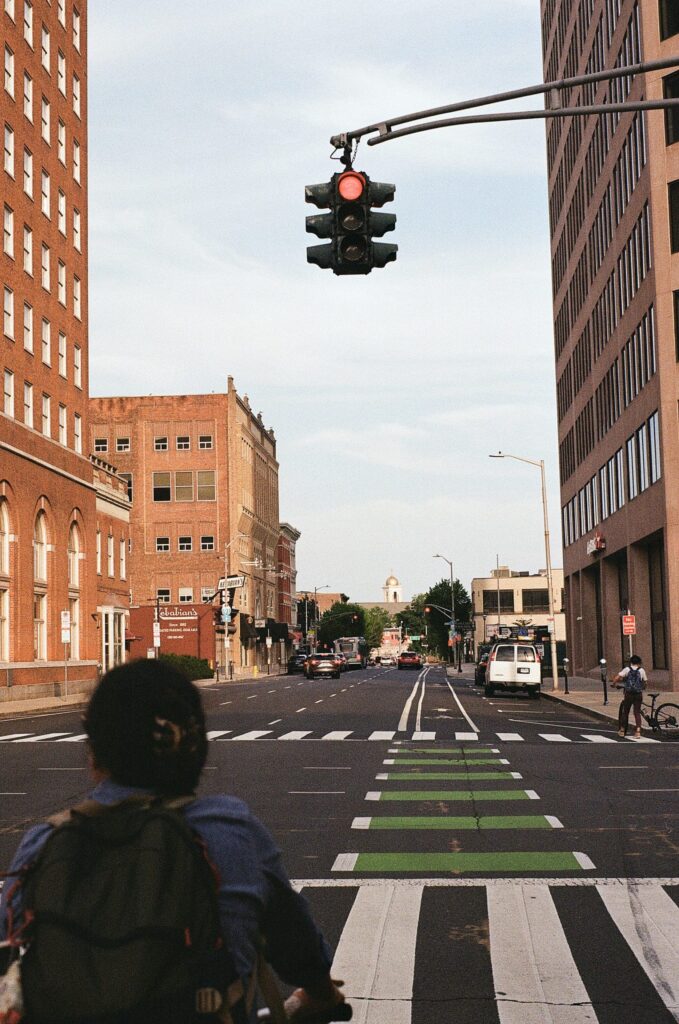
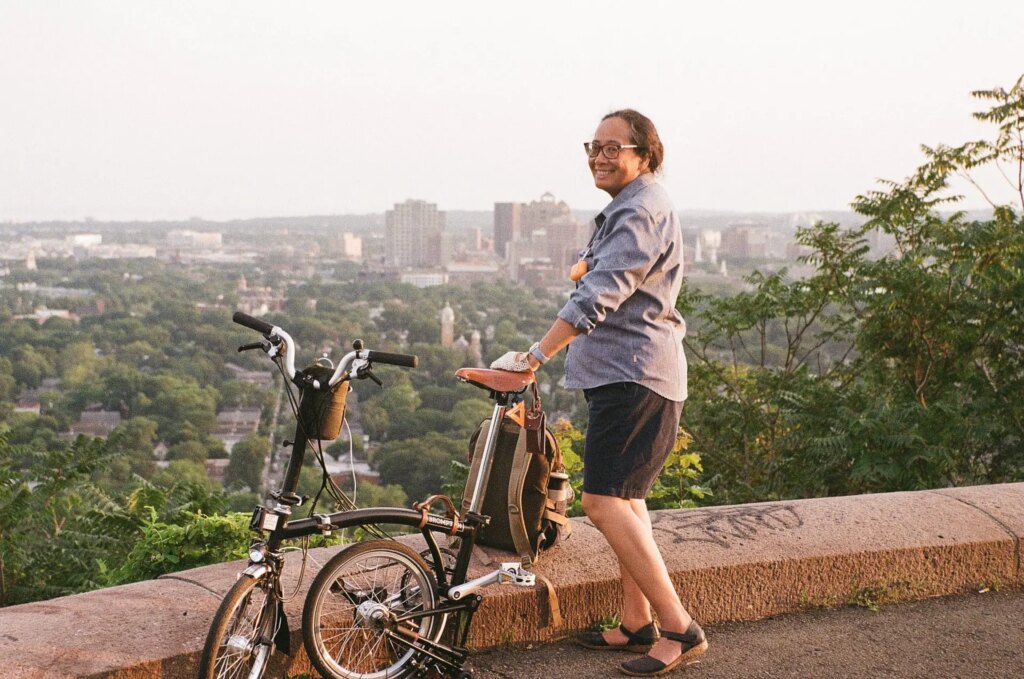
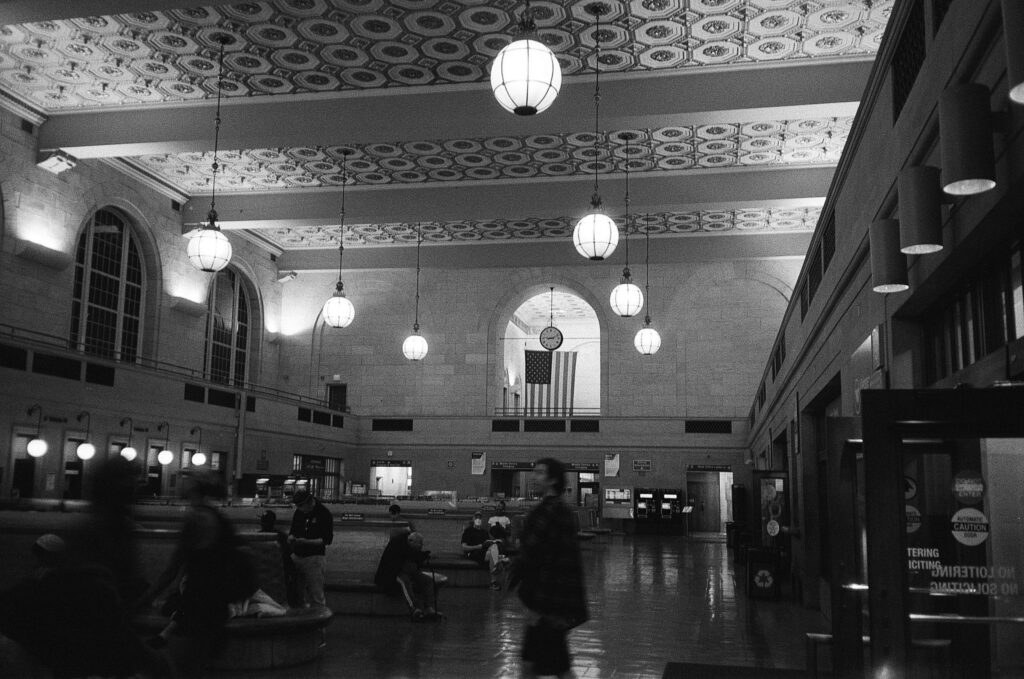
Thanks for reading! -Shawn
For more photos from this trip, including some from New York City, go here.
Share this post:
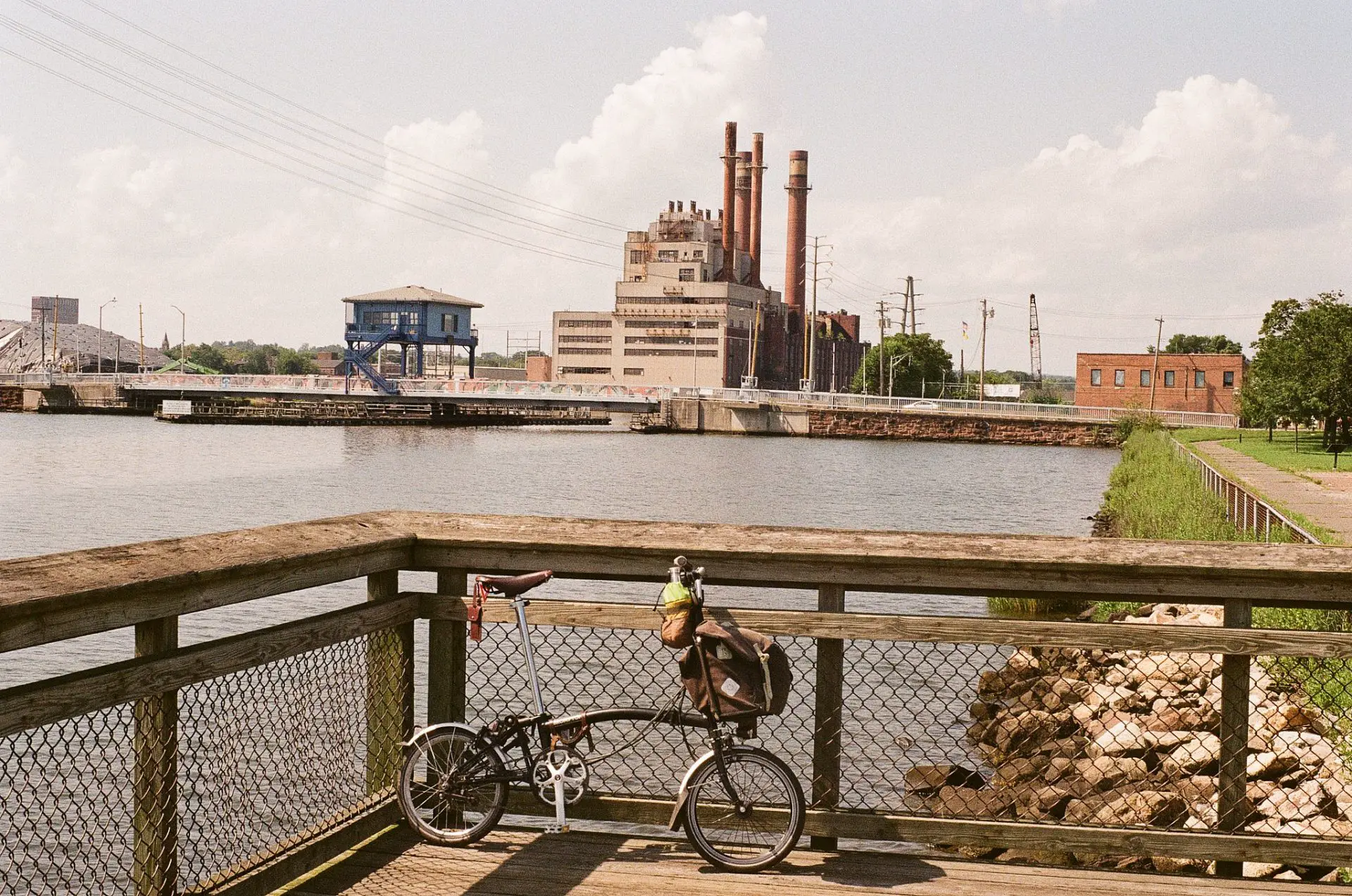
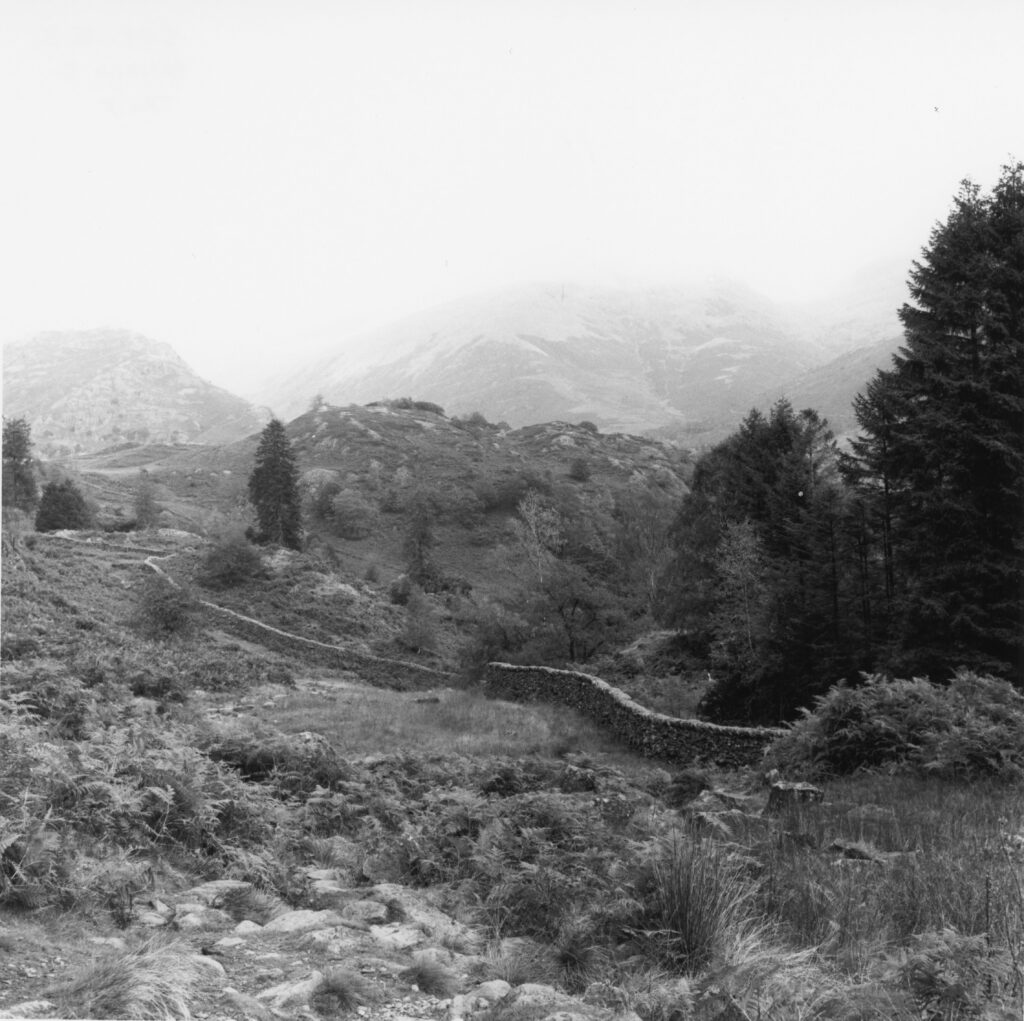
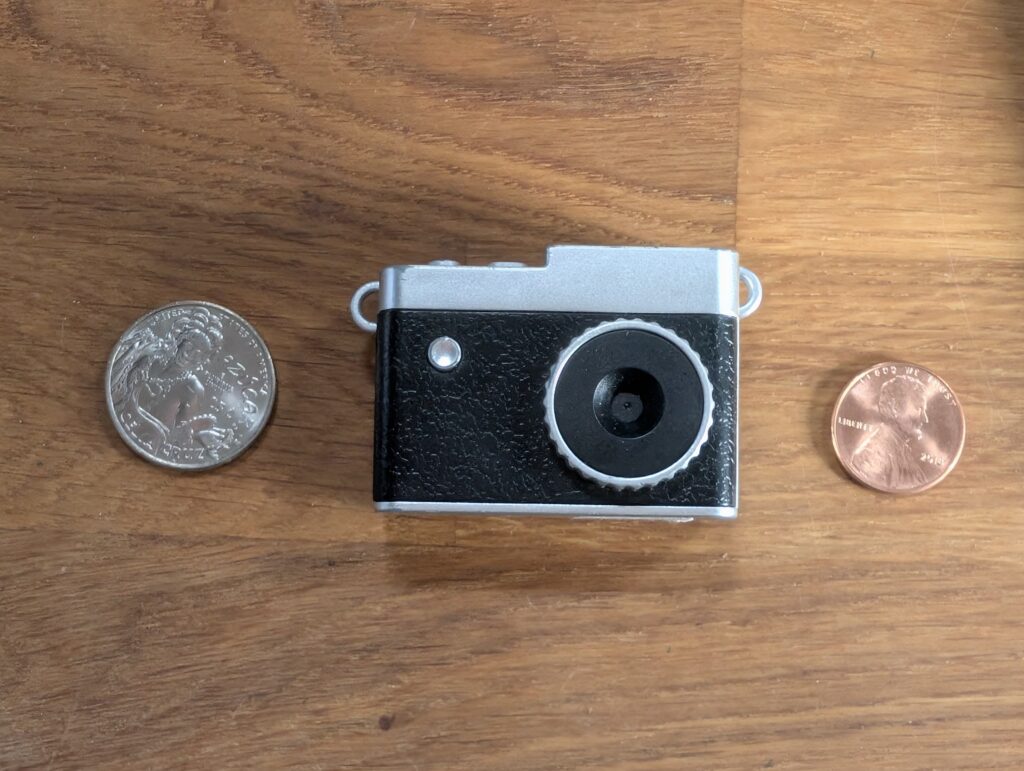
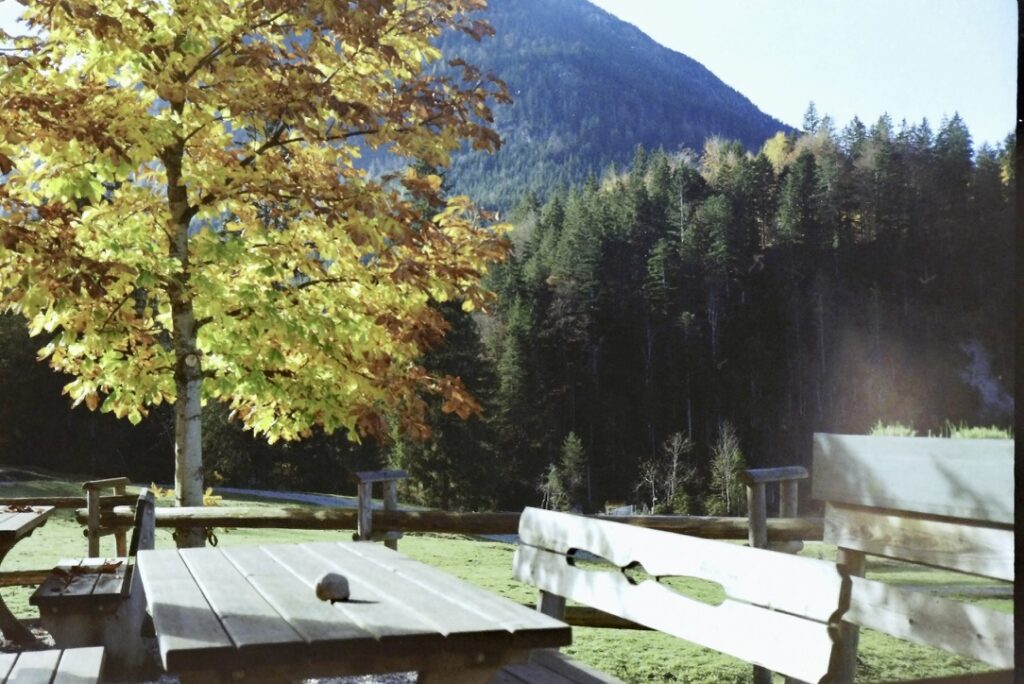
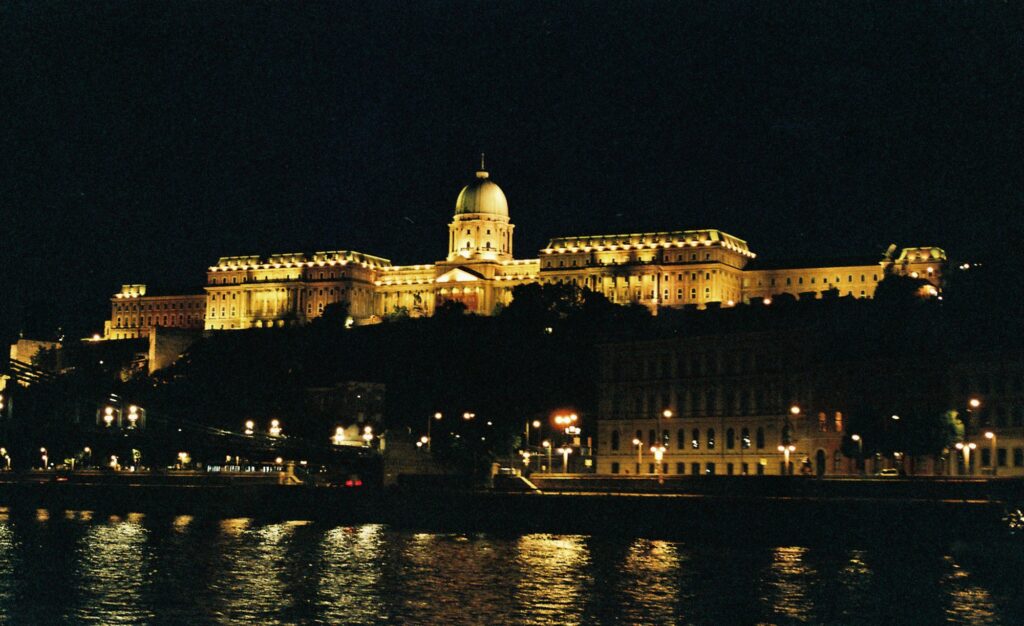




Comments
don ball on 10 Frames from a Tour by Bicycle around New Haven
Comment posted: 18/11/2023
Jukka Reimola on 10 Frames from a Tour by Bicycle around New Haven
Comment posted: 18/11/2023
Minoltas are great. My first camera was Minolta Minoltina rangefinder. The Rokkor lens on it was really sharp. Great little camera it was. I sometimes wish I still had it.
BTW, I notice you take your cycling seriously. Brommie, Brooks, Carradice... grand stuff!
Comment posted: 18/11/2023
Gary on 10 Frames from a Tour by Bicycle around New Haven
Comment posted: 19/11/2023
Comment posted: 19/11/2023
Yuze Chen on 10 Frames from a Tour by Bicycle around New Haven
Comment posted: 29/11/2023
Comment posted: 29/11/2023